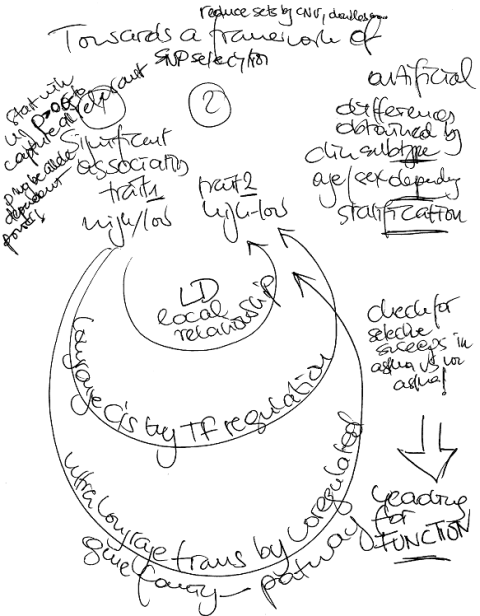Starting with another African proverb, here are some thoughts about evolution, design and the difference of chimps and humans. Yes, I am biased, I know.
I have learned that there are mainly three differences between chimps and human – the ability to run, a larger brain size and the language/speech capability. The only trait that can directly observed is the ability to run (check Munich marathon: Neither brain size and language can be directly observed :-) BTW, I renember having seen a family that walk on feet and hands – quadrupedal locomotion is a recessive trait linked to chromosome 17p, the way we all start our lifes).
So genetics is playing a big role in the human < -> ape differentiation. Or did the differentation select the genes?
You will understand my great expectations when now reading one of the first serious papers about the chimp and the human lineage. It is about pseudogenization, the gene loss during separation of species. The authors show 80 non-processed pseudogenes inactivated in the human lineage – while gently negelecting the fact of another 7868 or so pseudogenes in the human pseudogene database.
There is also nothing about my favorite trait bipedalism (only a ridiculous quote of pseudogenization of the sarcomeric myosin gene MYH16 that should relate to hominin masticatory muscles that “may have allowed the brain size expansion”, uhhh. It is also hard to understand how gain of ability should be caused by loss of gene function, yea, yea.

